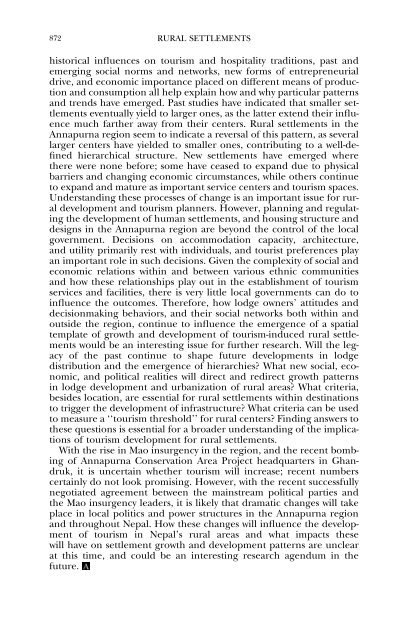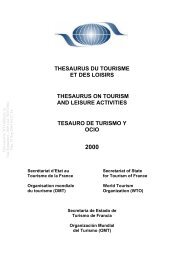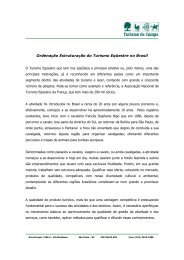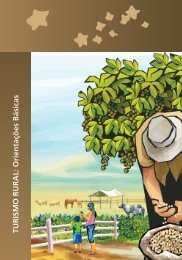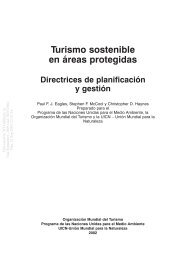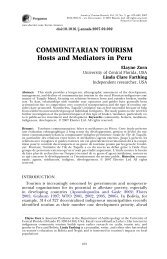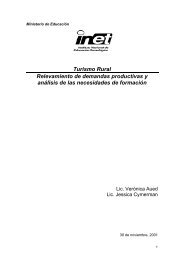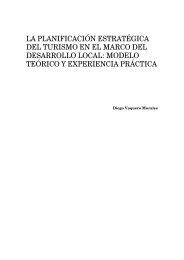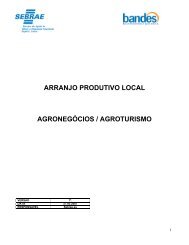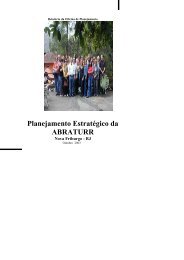TOURISM AND RURAL SETTLEMENTS Nepal's ... - ResearchGate
TOURISM AND RURAL SETTLEMENTS Nepal's ... - ResearchGate
TOURISM AND RURAL SETTLEMENTS Nepal's ... - ResearchGate
Create successful ePaper yourself
Turn your PDF publications into a flip-book with our unique Google optimized e-Paper software.
872 <strong>RURAL</strong> <strong>SETTLEMENTS</strong><br />
historical influences on tourism and hospitality traditions, past and<br />
emerging social norms and networks, new forms of entrepreneurial<br />
drive, and economic importance placed on different means of production<br />
and consumption all help explain how and why particular patterns<br />
and trends have emerged. Past studies have indicated that smaller settlements<br />
eventually yield to larger ones, as the latter extend their influence<br />
much farther away from their centers. Rural settlements in the<br />
Annapurna region seem to indicate a reversal of this pattern, as several<br />
larger centers have yielded to smaller ones, contributing to a well-defined<br />
hierarchical structure. New settlements have emerged where<br />
there were none before; some have ceased to expand due to physical<br />
barriers and changing economic circumstances, while others continue<br />
to expand and mature as important service centers and tourism spaces.<br />
Understanding these processes of change is an important issue for rural<br />
development and tourism planners. However, planning and regulating<br />
the development of human settlements, and housing structure and<br />
designs in the Annapurna region are beyond the control of the local<br />
government. Decisions on accommodation capacity, architecture,<br />
and utility primarily rest with individuals, and tourist preferences play<br />
an important role in such decisions. Given the complexity of social and<br />
economic relations within and between various ethnic communities<br />
and how these relationships play out in the establishment of tourism<br />
services and facilities, there is very little local governments can do to<br />
influence the outcomes. Therefore, how lodge owners’ attitudes and<br />
decisionmaking behaviors, and their social networks both within and<br />
outside the region, continue to influence the emergence of a spatial<br />
template of growth and development of tourism-induced rural settlements<br />
would be an interesting issue for further research. Will the legacy<br />
of the past continue to shape future developments in lodge<br />
distribution and the emergence of hierarchies? What new social, economic,<br />
and political realities will direct and redirect growth patterns<br />
in lodge development and urbanization of rural areas? What criteria,<br />
besides location, are essential for rural settlements within destinations<br />
to trigger the development of infrastructure? What criteria can be used<br />
to measure a ‘‘tourism threshold’’ for rural centers? Finding answers to<br />
these questions is essential for a broader understanding of the implications<br />
of tourism development for rural settlements.<br />
With the rise in Mao insurgency in the region, and the recent bombing<br />
of Annapurna Conservation Area Project headquarters in Ghandruk,<br />
it is uncertain whether tourism will increase; recent numbers<br />
certainly do not look promising. However, with the recent successfully<br />
negotiated agreement between the mainstream political parties and<br />
the Mao insurgency leaders, it is likely that dramatic changes will take<br />
place in local politics and power structures in the Annapurna region<br />
and throughout Nepal. How these changes will influence the development<br />
of tourism in Nepal’s rural areas and what impacts these<br />
will have on settlement growth and development patterns are unclear<br />
at this time, and could be an interesting research agendum in the<br />
future.


